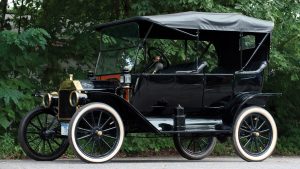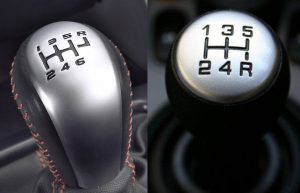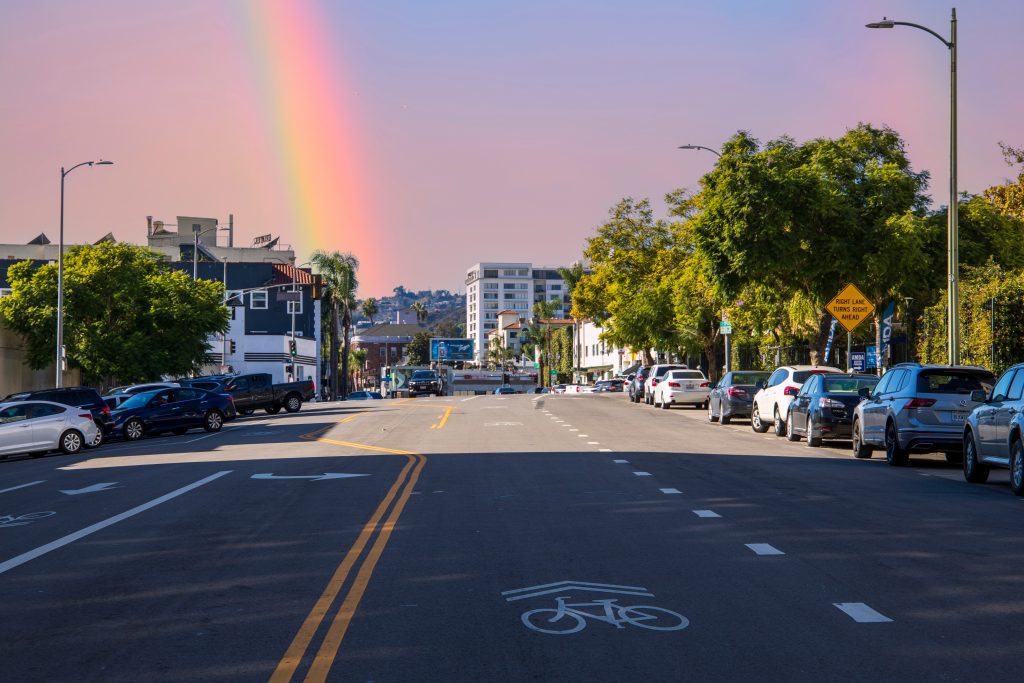Last updated: 1 May 2025
Some anecdotes and trivia about driving on the left
Below are some trivia about driving on the left. If you want to find out the history behind driving on the left or right, click here.

In Myanmar, most people have a right-hand-drive vehicle, although they drive on the right side of the road (picture: February 2012)
- While all countries that have swapped sides have transferred from left to right, the only three cases recorded of a transfer from right to left were in East Timor in 1975, in Okinawa on 30 July 1978 and in Samoa on 7 September 2009.
- A newspaper story on April Fool's Day suggested that, to further European integration, the UK was to convert to driving on the right. However, owing to the huge amount of work this conversion would cause, it would be phased in: for the first six months the regulation would only apply to buses and taxis.
- Myanmar (formerly Burma) was a British colony until 1948, and drove on the left until 1970, when it changed sides. It is said that the ruler of the country at that time, dictator General Ne Win, ordered everyone to start driving on the right side of the road. However, virtually every vehicle is right-hand-drive, since there are still many old cars and buses driving around and almost all the modern cars are second-hand imports from Japan. You can still even see old traffic lights in downtown Rangoon on the wrong side of the road.
Location of the steering wheel
Almost always, in countries where one drives on the right-hand side of the road, the cars are built so that the driver sits on the left-hand side of the car. Conversely, driving on the left-hand side of the road usually implies that the driver's seat is on the right-hand side of the car. It used to be different, though.

Ford T Touring with the steering wheel on the left (1908)
- All early automobiles in the USA (driving on the right-hand side of the road) were right-hand-drive, following the practice established by horse-drawn carriages. They changed to left-hand-drive in the early 1900s as it was decided that it was more practical to have the driver seated near the centreline of the road, both to judge the space available when passing oncoming cars, and to allow front-seat passengers to get out of the car onto the pavement instead of into the middle of the street.
- Ford changed to left-hand-drive in the 1908 model year. A Ford catalogue from 1908 explains the benefits of placing the controls on the left side of the car: “The control is located on the left side, the logical place, for the following reasons: Travelling along the right side of the road the steering wheel on the right side of the car made it necessary to get out on the street side and walk around the car. This is awkward and especially inconvenient if there is a lady to be considered. The control on the left allows you to step out of the car on to the curbing without having had to turn the car around. In the matter of steering with the control on the right, the driver is farthest away from the vehicle he is passing, going in opposite direction; with it on the left side he is able to see even the wheels of the other car and easily avoids danger.”
- Nowadays, the driver always sits on the side of the car that is nearest to the centre line. However, there are a few exceptions, among other things certain kinds of specialised service vehicles. For example, street-sweeping vehicles may have the reverse driving position to place the driver next to the gutter. Italian-built trolley buses were right-hand-drive for many years in order to observe the passenger doors better.
- Some countries restrict imports of vehicles that have their controls arranged differently from the norm for the country, but foreign tourists are usually allowed to drive their odd vehicles while they visit. Non-standard vehicles may be required to have a sign on the back announcing this, which typically reads, "Right-hand-drive" or "Left-hand-drive" or just "RHD" or "LHD". Cambodia (which drives on the right) banned all right-hand-drive vehicles in January 2001 in order to control imports of stolen and smuggled vehicles from Thailand. It required all car owners to have their vehicles modified so that the steering wheel is on the left or risk confiscation. About 80% of the officially registered vehicles in the country had to be modified in order to comply.
- Japanese people sometimes import left-hand-drive models of cars, whereas the standard Japanese car in Japan is right-hand-drive. This is done purely for prestige. A Mercedes or BMW with the steering wheel on the left is seen as more authentic and carries something of a cachet. It is also more expensive than the right-hand-drive version of the same vehicle.
Turn signal lever, windscreen wipers and headlights
- One of the areas which are not standardized is the location of the turn signal lever. In most places, the turn signal is mounted on the left side of the steering column. This includes right-hand-drive vehicles in the UK, and left-hand-drive vehicles in America and continental Europe. Vehicles built in Australia and Japan, however, have the turn signal lever mounted on the right. At one time this meant that cars made by Nissan in Britain had the signals and wiper controls one way round, but cars made by Nissan in Japan for the British market had them the opposite way round. In recent years most Japanese cars sold in the British Isles seem to conform to the European convention.

- Cars driven on the right side of the road usually have headlights which are aimed slightly to the right when not on full beam, and vice-versa with cars intended to be driven on the left. In Europe, it is common for travellers from the UK to affix deflectors to their headlights to prevent them dazzling oncoming drivers when driving on the 'wrong' side of the road.
- Windscreen wipers are usually aligned to give more coverage to the driver's side than to the passenger side.
- Although it would make sense to mirror the manual (as opposed to automatic) gear lever pattern, it is actually pretty much standard all over the world. The reason is simple: profit. Since the cost-benefit ratio would not be favourable, the same transmissions are used around the globe, no matter whether the car is left-hand-drive or right-hand-drive.




